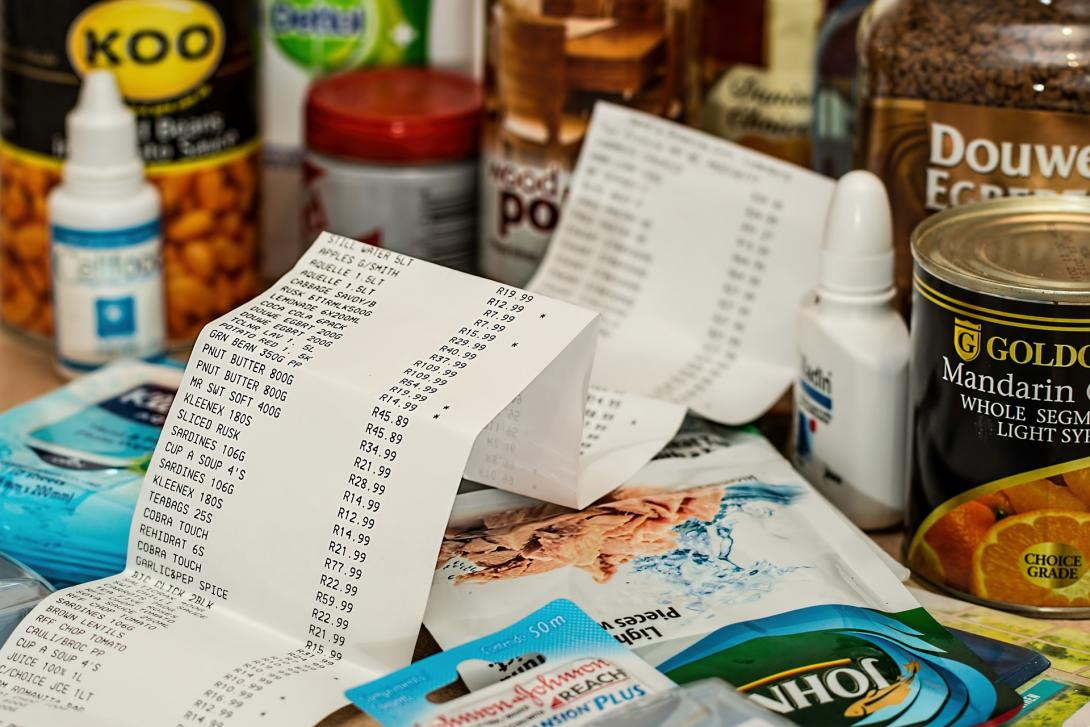Why is food so expensive in 2025? It’s a question echoing in households across the globe as grocery bills soar and dining out becomes a luxury for many. As we step further into the year, consumers are struggling to keep up with the rising prices of everyday essentials like bread, milk, meat, and vegetables. But what’s really causing this dramatic shift in food costs? In this blog post, we’ll explore the complex and interconnected reasons why food is so expensive in 2025—from climate change and inflation to labor shortages and geopolitical tensions.
Understanding why food is so expensive in 2025 isn’t just about observing price tags—it’s about diving deep into the global supply chain, economic instability, and evolving consumer habits that shape our food system. As energy costs rise and extreme weather events disrupt agriculture, the global food market is feeling the pressure like never before. Add to that the lingering effects of the pandemic, trade restrictions, and surging demand for specific foods, and you get the perfect storm for price inflation.
If you’ve been wondering why food is so expensive in 2025, this article will help you connect the dots, understand the underlying trends, and learn how to adapt in this new economic landscape.
Why is Food So Expensive in 2025? A Breakdown of the Causes
1. Climate Change and Extreme Weather Events
One of the leading answers to why food is so expensive in 2025 lies in climate disruption. Droughts, floods, hurricanes, and wildfires have all affected crop yields in major agricultural regions. In 2025 alone, multiple countries reported severe droughts impacting wheat, corn, and rice production. As a result, the global supply of staple crops has decreased, driving up prices across the board.
2. Rising Energy and Transportation Costs
Food production and distribution rely heavily on fossil fuels. With energy costs rising due to geopolitical tensions and limited supply, everything from fertilizer manufacturing to global shipping has become more expensive. This increase in overhead is passed down to consumers, further answering the question of why food is so expensive in 2025.
3. Labor Shortages in Agriculture and Food Services
The food industry is facing a significant labor shortage in both developed and developing countries. Aging populations, reduced migration, and post-pandemic changes in labor dynamics have created staffing gaps in farming, food processing, logistics, and service industries. With fewer hands to do the work, productivity drops and prices rise—another factor contributing to why food is so expensive in 2025.
Global Inflation and Monetary Policy
Inflation continues to impact economies around the world in 2025. Central banks in many countries have increased interest rates to control inflation, but the ripple effects have been felt everywhere—especially in essential sectors like food. Currency fluctuations have made imports more costly, and higher borrowing costs have made it harder for farmers and food companies to invest in production and infrastructure.
This monetary strain provides yet another piece of the puzzle in understanding why food is so expensive in 2025. As inflation pushes up the cost of everything from packaging to retail operations, the final price tag on grocery shelves reflects these pressures.
Supply Chain Disruptions
Global supply chains have not fully recovered from the disruptions caused by the COVID-19 pandemic, geopolitical conflicts, and trade restrictions. Ports remain congested, shipping containers are scarce, and food spoilage during transit remains high. These logistical challenges are especially significant for perishable items like fruits, vegetables, dairy, and meat products.
So when people ask why food is so expensive in 2025, one major answer is the fragile and inconsistent supply chain networks that fail to deliver food efficiently and affordably.
Changes in Consumer Behavior and Demand
Interestingly, another answer to why food is so expensive in 2025 lies in shifting consumer demand. As more people adopt health-conscious, organic, or plant-based diets, the demand for certain premium ingredients has surged. This has created pressure on already strained production systems, further driving up costs.
Additionally, developing nations with growing middle classes are consuming more protein, processed foods, and imports—adding to global demand and tightening supply.
Government Policies and Trade Barriers
Several countries have implemented food export bans or increased tariffs in an effort to protect domestic supplies. While these policies are designed to stabilize internal markets, they can worsen the global supply imbalance and push prices higher internationally. For those wondering why food is so expensive in 2025, trade restrictions are a key contributor, especially in regions that depend on imported goods.
Must Read : Global Economy and Cost of Living in 2025: Trends, Challenges & What to Expect
How Can Consumers Cope?
While there is no instant solution to the rising cost of food, there are strategies consumers can use to manage expenses in 2025:
- Buy local and seasonal produce to reduce dependency on imports.
- Cut down on food waste by planning meals and storing food properly.
- Shop smart by comparing prices, using discount apps, and buying in bulk when possible.
- Grow your own food, even small herbs and vegetables, to offset costs.
Understanding why food is so expensive in 2025 also helps consumers make more informed and strategic decisions about where and how they spend their money.
Final Thoughts – Why Is Food So Expensive in 2025?
To truly understand why food is so expensive in 2025, we must look beyond simple supply and demand. This year’s food crisis is the result of a perfect storm—climate change disrupting harvests, inflation pushing up production costs, energy and transportation price hikes, and global instability affecting trade. Together, these factors have transformed basic groceries into premium commodities in many parts of the world.
While some of these issues are cyclical, others are long-term challenges that require systemic change. Governments, producers, and consumers alike must find sustainable solutions—from investing in climate-resilient farming to strengthening global supply chains and reducing food waste. But for now, understanding why food is so expensive in 2025 empowers individuals to adapt, make smarter choices, and advocate for more affordable and accessible food systems.
As we move forward, one thing is clear: food affordability will remain one of the key challenges of this decade. Staying informed, resilient, and proactive will be essential in navigating this new normal.
For more insights on global trends, tech, lifestyle, and economic updates, visit BlogHear.com—your reliable source of news in 2025 and beyond.




